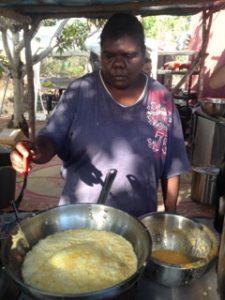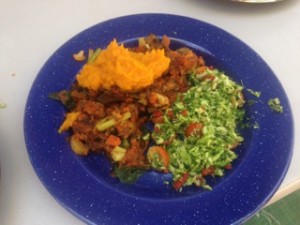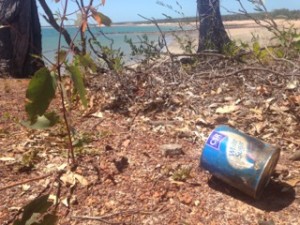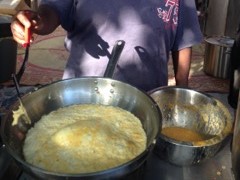
A Journey to Elcho Island – Part Two
A journey to Elcho Island – Part Two. The participants on the retreat went through a detoxification process including a three day liquid fast and overnight fasts after only bone broths for dinner. The participants were detoxing from smoking, sugar, processed foods, soft drinks and fruit juices. Breakfasts were fit for a king, lunches for a queen and dinner for a pauper. The daily schedule encouraged participants to start the day at 6-6:30am and the generator was switched off at 9:30pm to allow everyone to get plenty of rest. The nourishing food, prescribed supplements, detoxification process and regular sleep patterns were designed to detox the liver and kidneys, alkalise the body, reduce inflammation, improve the gut flora, normalise blood sugar levels and blood pressure. This process was guided by the doctor and three naturopaths who provided three consultations throughout the two weeks. There was an amazing cook, Zeph, who had unexpectedly turned up on Elcho Island one month prior to the retreat and managed to pull off the impossible. To source organic food and produce with locally hunted meat (sometimes even road kill) and freshly caught seafood for up to fifty people in a temporary outdoor kitchen and much of the power coming from a generator. There was another superstar, Michelle from Living Valley Springs and also some hard working Hope for Health Yolngu workers who helped prepare the food in the kitchen and later ran cooking demonstrations as the interest grew about the preparation of this healthy food.

A Journey to Elcho Island – Part Two
There was minimal storage
at the retreat for the frozen and chilled food. Regular trips were made to the town to pick up additional supplies from the the barge from Darwin or from the food provided by a local hunter or fisherman. The cooks absolutely delivered! The most amazing, flavoursome organic meals, smoothies, juices and bone broths. Food that would nourish and heal, regenerate, cleanse and detoxify the body. Food that was appealing and aesthetically pleasing and where possible incorporating traditional cooking methods.
Participants experienced what it felt like to eat good food, manymak ngatha. They were surprised at how good it tasted, how filling it was and the variety possible. The diet was high in protein, loads of vegetables and healthy fats. There was minimal fruit to reduce the sugar intake and participants were encouraged to maintain this type of eating for three months to maintain their lower blood sugar levels and continuing the cleaning and regeneration of their digestive system as well as maintain a more alkaline diet. A three monthly check-up would allow further blood tests to be performed to provide further reinforcement of the positive changes in their bodies. Water and caffeine free herbal teas were the only drinks available and participants were surprised they no longer desired black tea with sugar and milk.

A Journey to Elcho Island – Part Two
I remember finding an abandoned 4kg CSR white sugar metal tin bucket
on the cliff’s edge one day. Rusty and emptied, a sign of the past. I asked a group of Yolngu women if that size was available at the local shop and they answered casually ‘Oh yes, we buy that one each week or fortnight for our tea and damper…then when it is finished we use it go hunting and collect wild honey’. I joked with them that they would now have to find a new bucket to go hunting as they no longer would be buying those sugar tins! We all had a laugh.
To be continued…
Article written by Dr Melanie Woollam (Osteopath)

